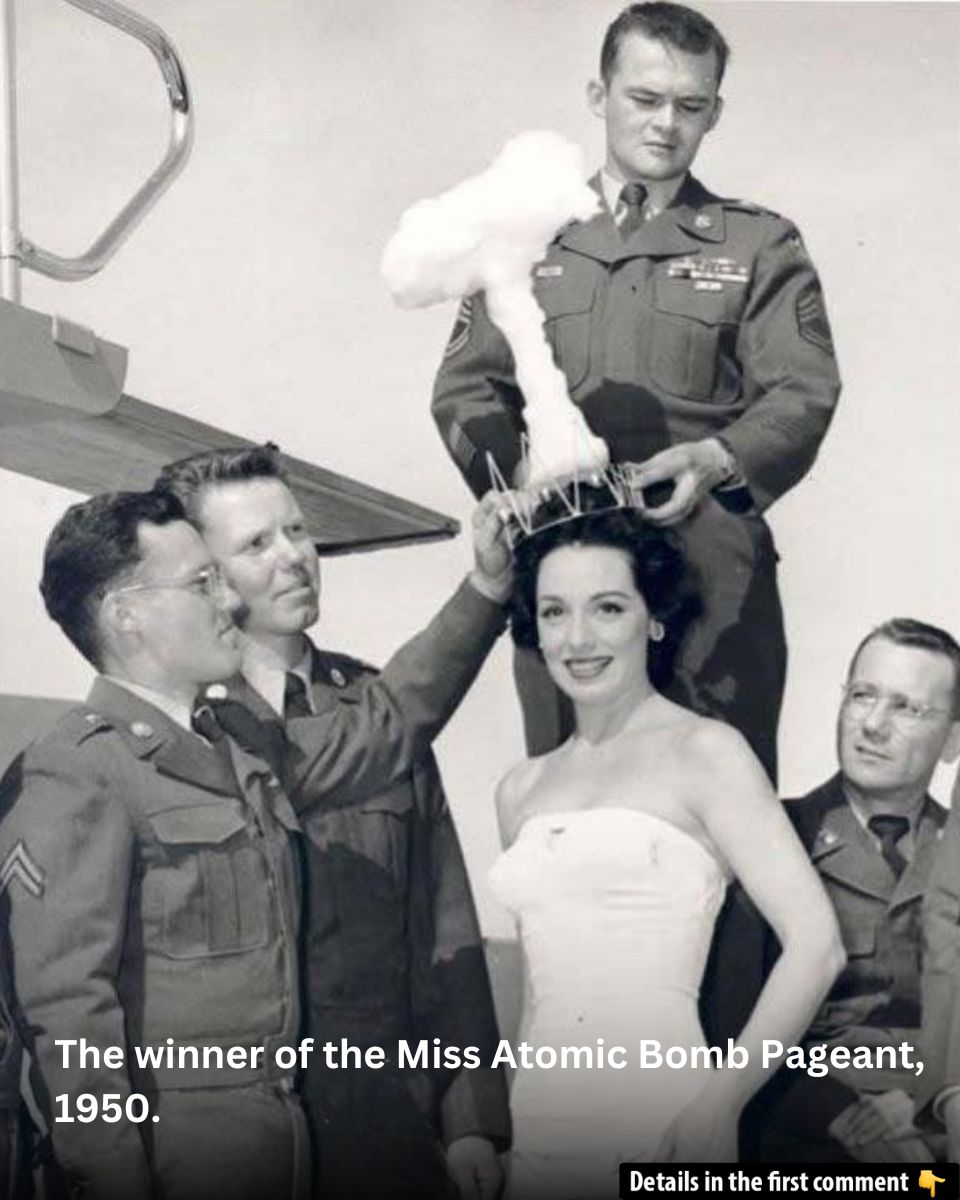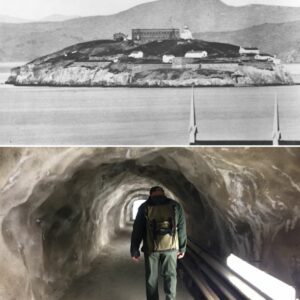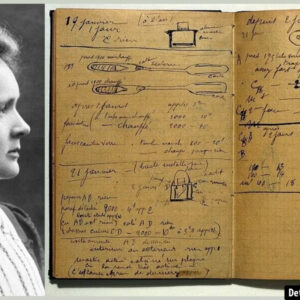In the 1950s, Las Vegas, known for its bright lights and the glamour of its casinos, became the unlikely center of an unusual type of tourism – nuclear tourism. The world-famous city, known for entertainment, was soon drawing visitors from all over to witness a spectacle that could only be found in the Nevada desert: the atomic bomb. The United States Army began conducting nuclear tests just 65 miles from Las Vegas, and the mushroom clouds became as much a part of the landscape as the Strip itself. This period in history saw atomic explosions becoming an unexpected tourist attraction, drawing thrill-seekers and spectators eager to witness the raw power of the bomb.
Introduction: Las Vegas and the Atomic Age
Las Vegas is a city built on spectacle. From its early days as a small desert town to its transformation into a global entertainment hub, the city has always known how to put on a show. But when the U.S. Army began conducting atomic tests in the Nevada desert in 1951, no one could have predicted that the explosions would become a tourist attraction. What followed was the rise of nuclear tourism, a bizarre yet fascinating phenomenon that brought thousands to Vegas to watch the sky light up with the flash of atomic detonations.
Why Nevada Was Chosen for Nuclear Tests
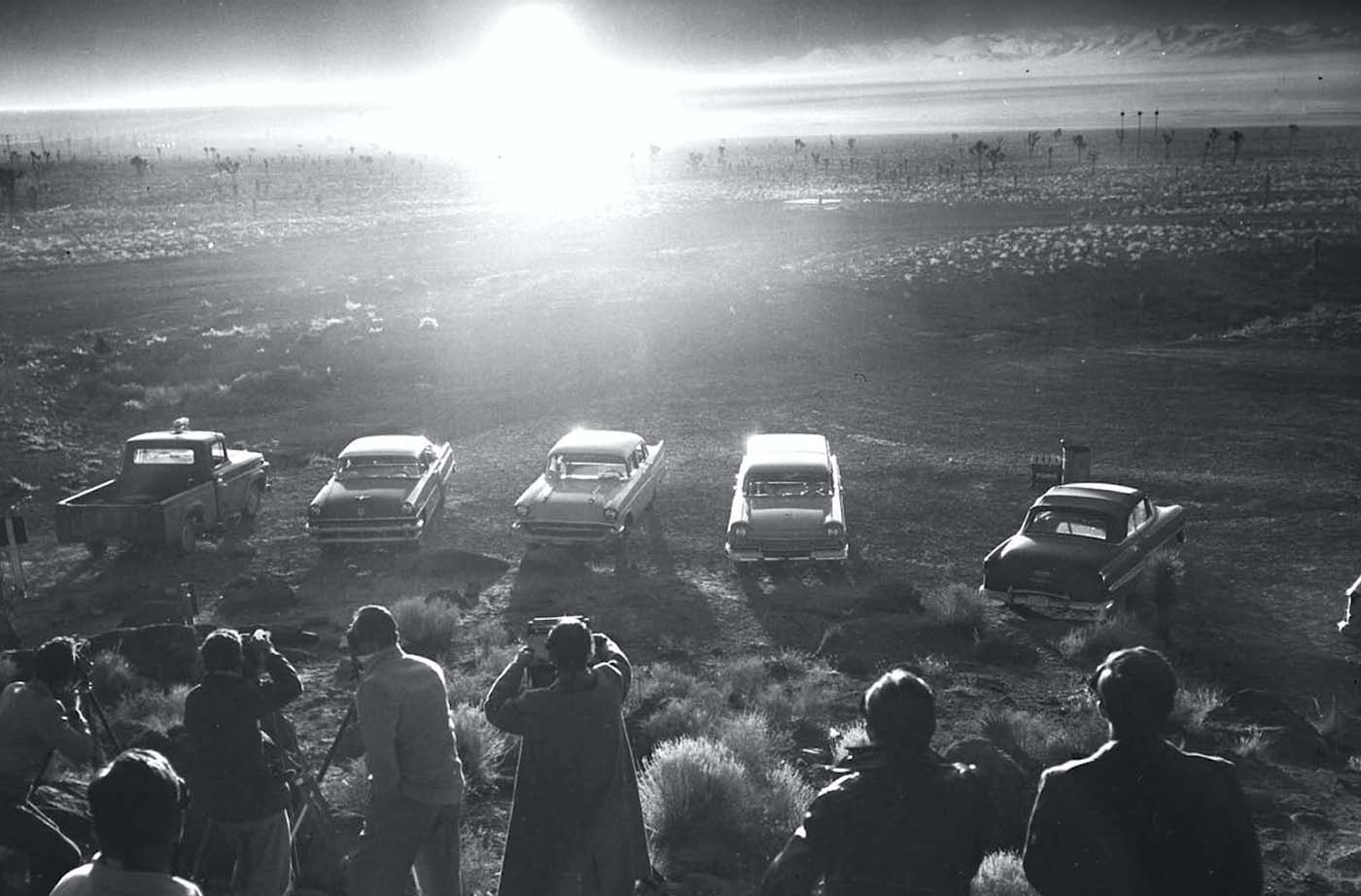
Nevada, with its remote Yucca Flats, was chosen as the site for nuclear tests for several practical reasons. The land, largely owned by the federal government, was located in a sparsely populated area, offering few risks to surrounding communities. The vast, open desert provided an ideal backdrop for testing nuclear bombs. Moreover, its proximity to Las Vegas made it the perfect location for spectators to experience the explosions up close without too much risk to their safety. For the Army, this was the ideal setting to carry out their tests without alarming the general public, but as the tests continued, Las Vegas became the unintended stage for a new form of tourism.
Video
Watch How 1950s Las Vegas Sold Atomic Bomb Tests as Tourism to discover how atomic bomb tests were marketed as a tourist attraction in Las Vegas. A fascinating piece of history!
Atomic Tourism: The Glowing Spectacle
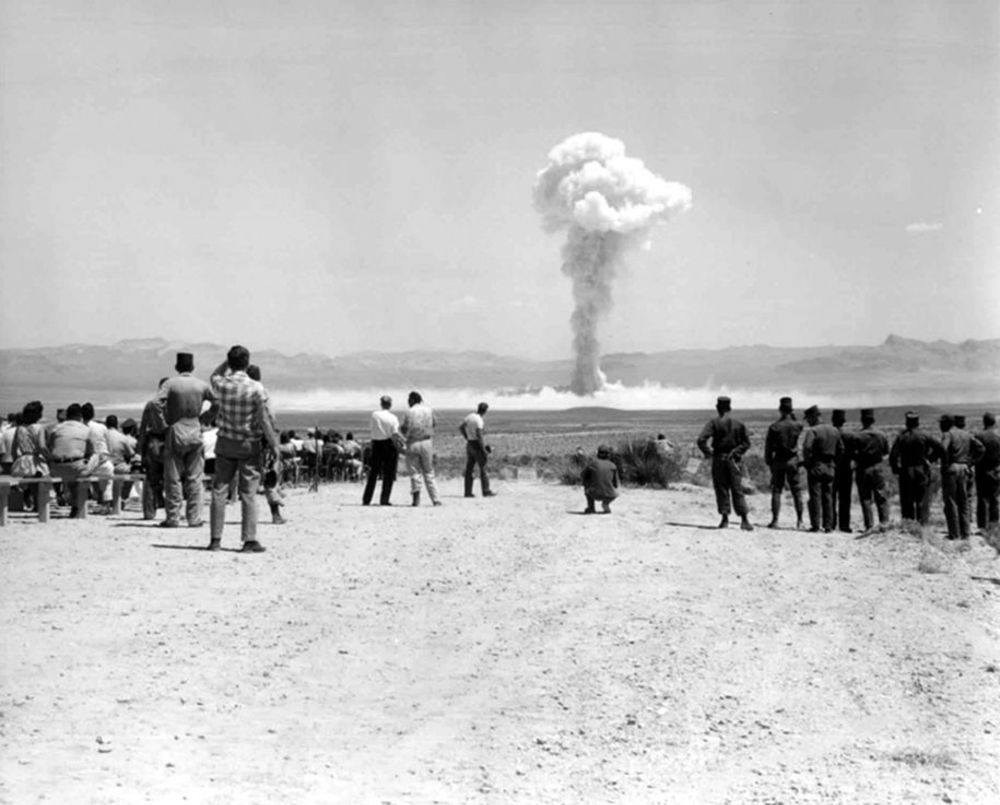
The spectacle of atomic explosions soon captured the public’s imagination. The tests, conducted during the day and at night, produced enormous mushroom clouds that could be seen rising into the sky from miles away. At night, the bombs lit up the desert landscape, casting a surreal glow visible from Las Vegas. For tourists, these tests offered an exciting and terrifying opportunity to witness the destructive power of the atomic bomb in person. What started as a government test soon became a major event, with people flocking to the city to catch a glimpse of the atomic spectacle.
The Rise of Nuclear Tourism in Las Vegas

With mushroom clouds as a backdrop, Las Vegas became an unlikely center for this strange form of tourism. People from all over the country began visiting the city with one purpose in mind – to watch an atomic test. The Las Vegas Chamber of Commerce even began promoting the tests, publishing calendars with dates and times so tourists could plan their visits around the bombings. The city embraced the idea of nuclear tourism, with local businesses and hotels capitalizing on the excitement. For a mere $3, visitors could safely view the explosions from a designated viewing area, a price that promised an unforgettable experience.
The media quickly picked up on the trend, with journalists calling it the “non-ancient but nonetheless honorable pastime of atom-bomb watching.” The public’s fascination with the atomic tests only grew, with many thrill-seekers eager to get as close as possible to ground zero. The image of Las Vegas, known for its hedonistic lifestyle and unrestrained entertainment, meshed perfectly with the excitement of witnessing nuclear detonations.
Vegas Businesses Capitalize on Atomic Spectacles
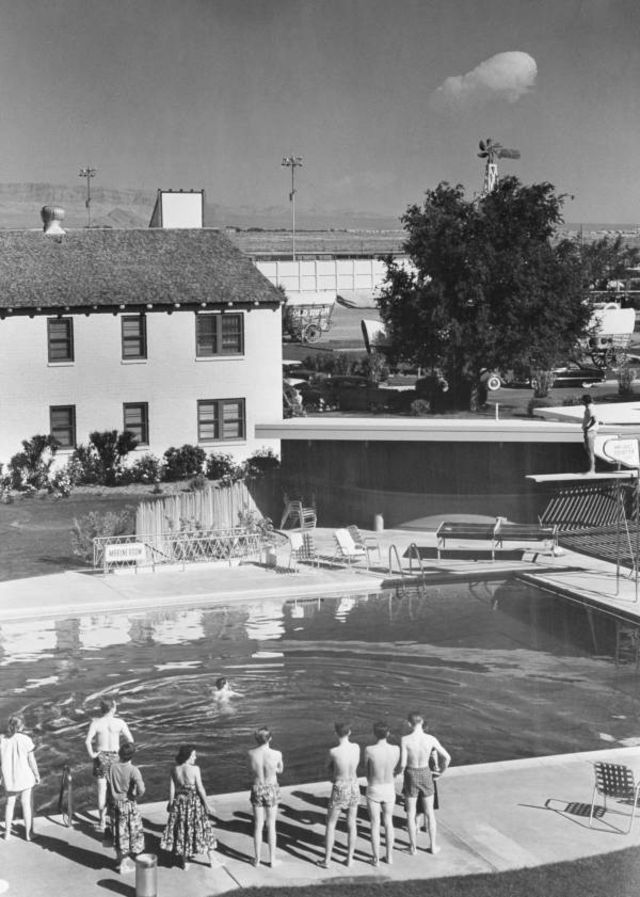
As the popularity of nuclear tourism grew, businesses in Las Vegas jumped at the opportunity to make atomic tests a part of their entertainment repertoire. Hotels, like the Last Frontier Hotel, began organizing special events such as “Dawn Bomb Parties” where guests would gather in the early hours of the morning, drink, and wait for the flash of the bomb to light up the sky. This unique blend of escapism and danger created an atmosphere that perfectly aligned with the city’s motto – “What happens in Vegas, stays in Vegas.”
The Craters Left Behind: Lasting Impact of Nuclear Testing
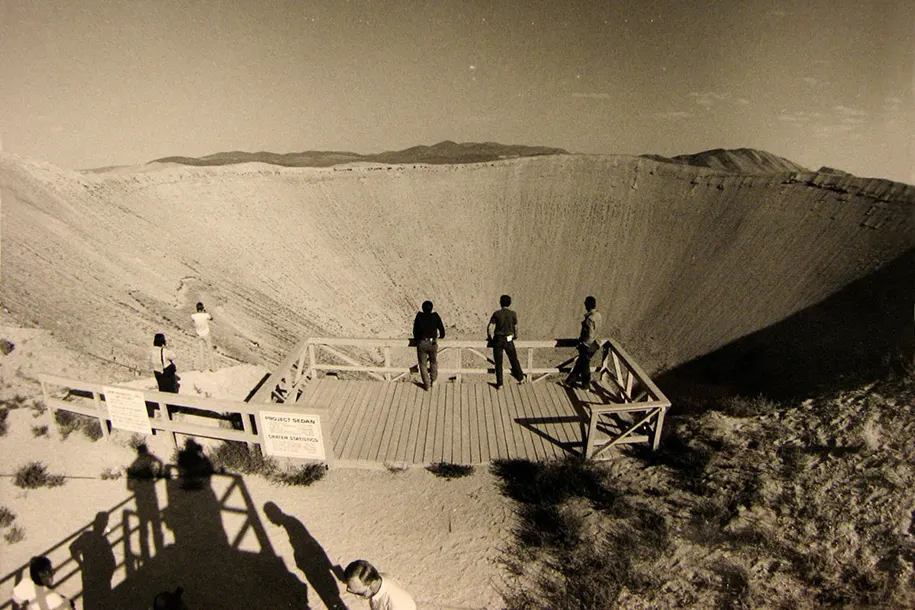
While Las Vegas capitalized on the nuclear spectacle, the testing site itself left lasting marks on the desert landscape. The craters created by the nuclear detonations have remained a significant feature of the Yucca Flats area. Two of the most famous craters – Bilby Crater and Sedan Crater – are the remnants of underground nuclear tests, and today they stand as eerie monuments to the power of atomic weapons. Bilby Crater, created in 1963, is 1,800 feet wide and 80 feet deep, while Sedan Crater, caused by a 104 kiloton blast, is 1,280 feet wide and 230 feet deep.
These craters became a focal point for tourists who visited the area, further cementing nuclear testing as a major attraction in the American cultural landscape. The site was so iconic that it attracted thousands of visitors who marveled at the sheer size of the scars left by the tests.

Witnessing the Power of the Atomic Bomb
For those who were brave enough to witness the detonations up close, the experience was overwhelming. Journalists and tourists alike described the immense power of the explosions. One journalist from the Department of State Washington Bulletin recounted the moment of witnessing the explosion: “You put on the dark goggles, turn your head, and wait for the signal. Now – the bomb has been dropped. You wait the prescribed time, then turn your head and look. A fantastically bright cloud is climbing upward like a huge umbrella.”
The heat wave and shockwaves from the atomic explosions were so powerful that they could knock over an unprepared person. The sensory experience of watching the atomic bomb go off was intense and surreal, leaving those who witnessed it in awe of the sheer destructive force of nuclear weapons.
The Growing Public Concerns: Health and Environmental Impact
As the atomic tests continued, concerns about the environmental and health impacts began to grow. While scientists assured the public that the radiation from the tests would dissipate by the time it reached Las Vegas, complaints from locals in neighboring areas started to surface. People in northeastern Nevada and southern Utah reported health issues in their livestock and pets, with beta particle burns and other ailments becoming a concern. These issues eventually led to the Limited Test Ban in 1963, which prohibited above-ground nuclear testing.
Gallery: The Fascinating Photos of Atomic Tourism
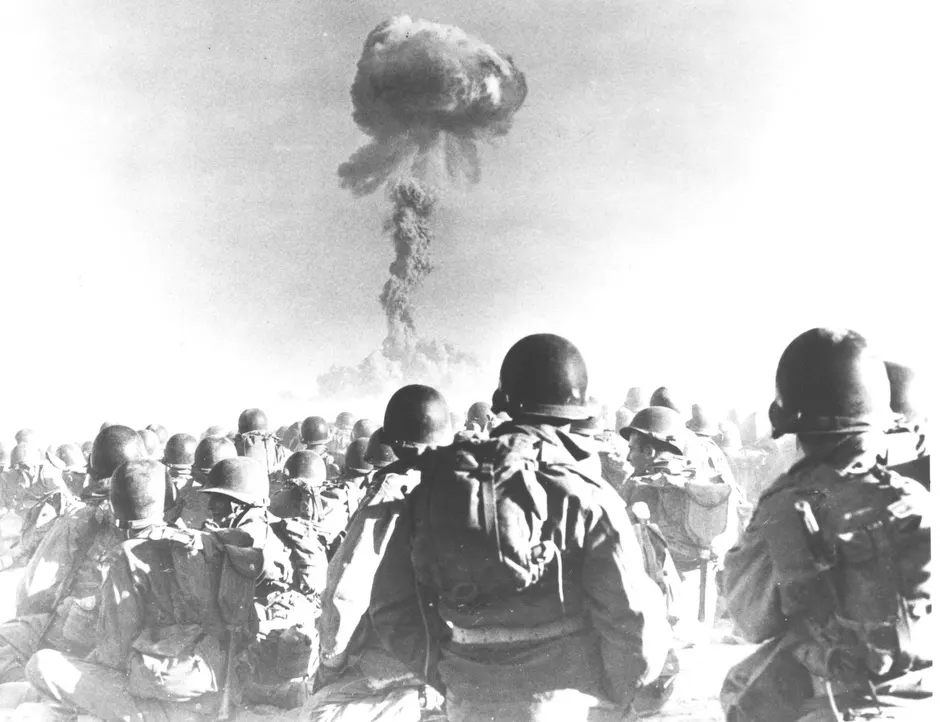
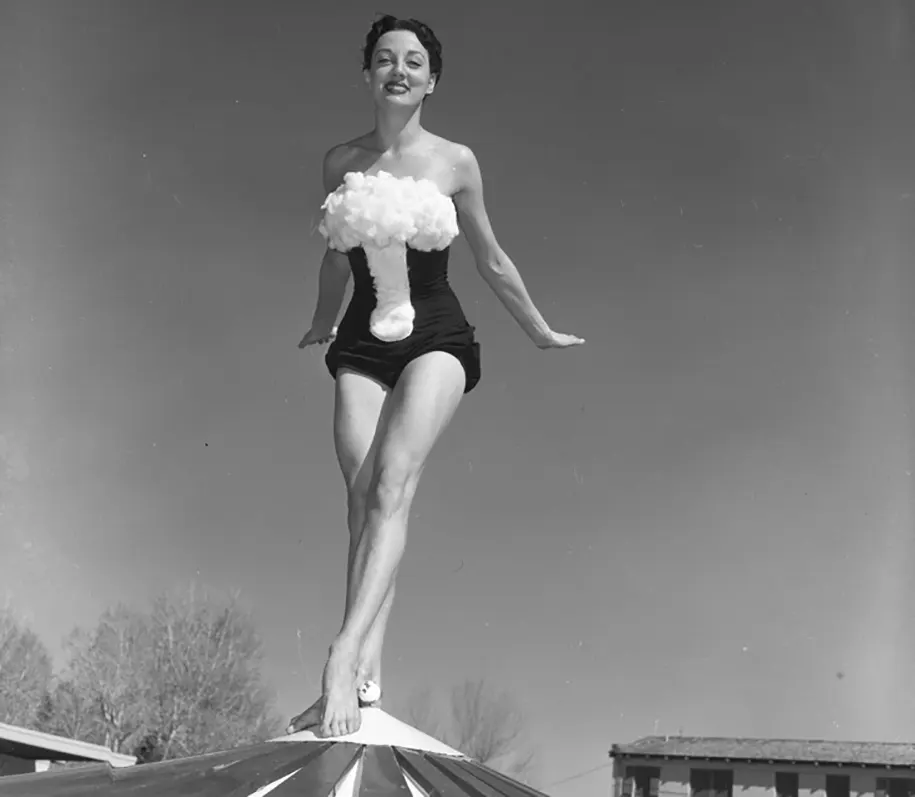
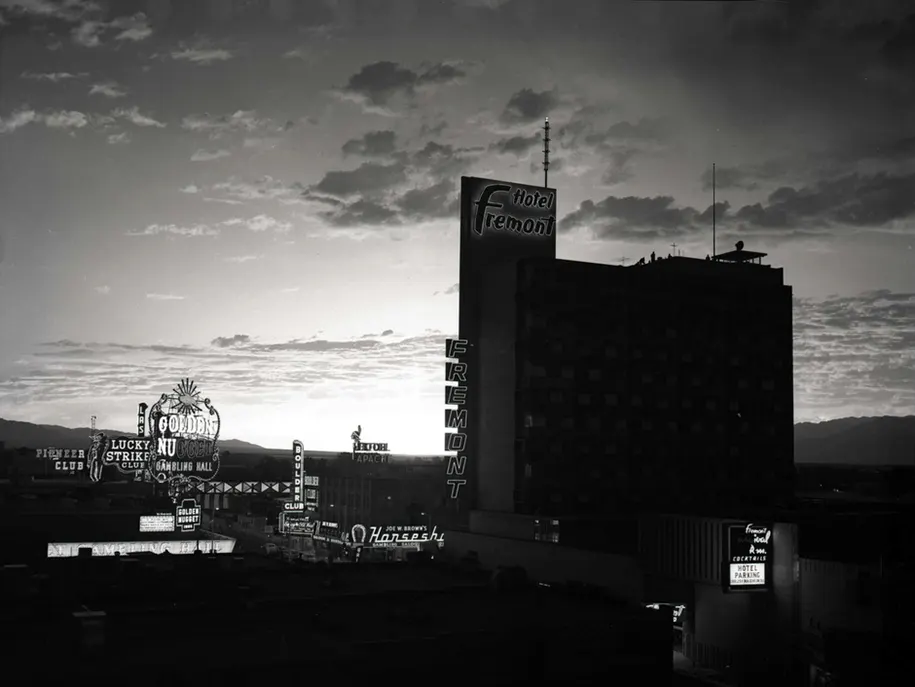
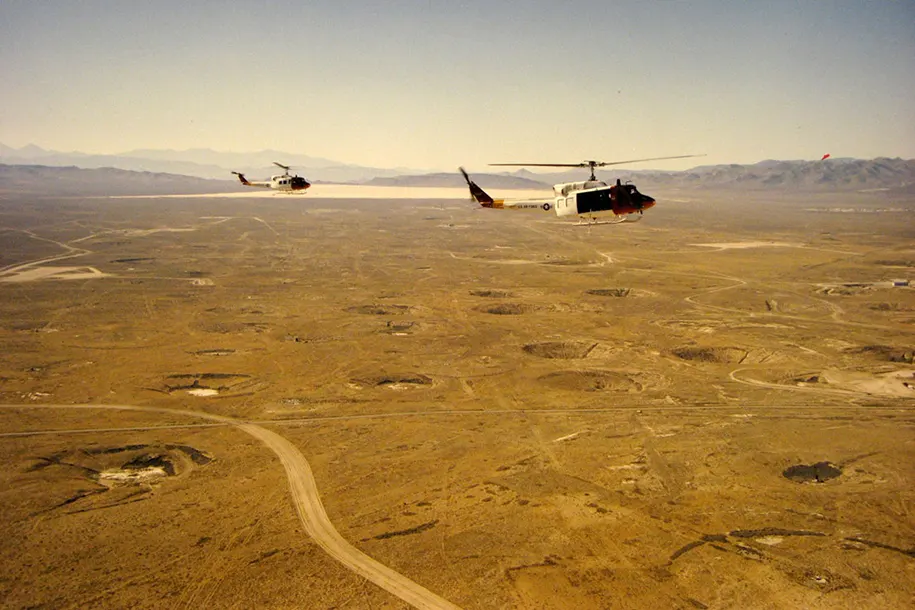


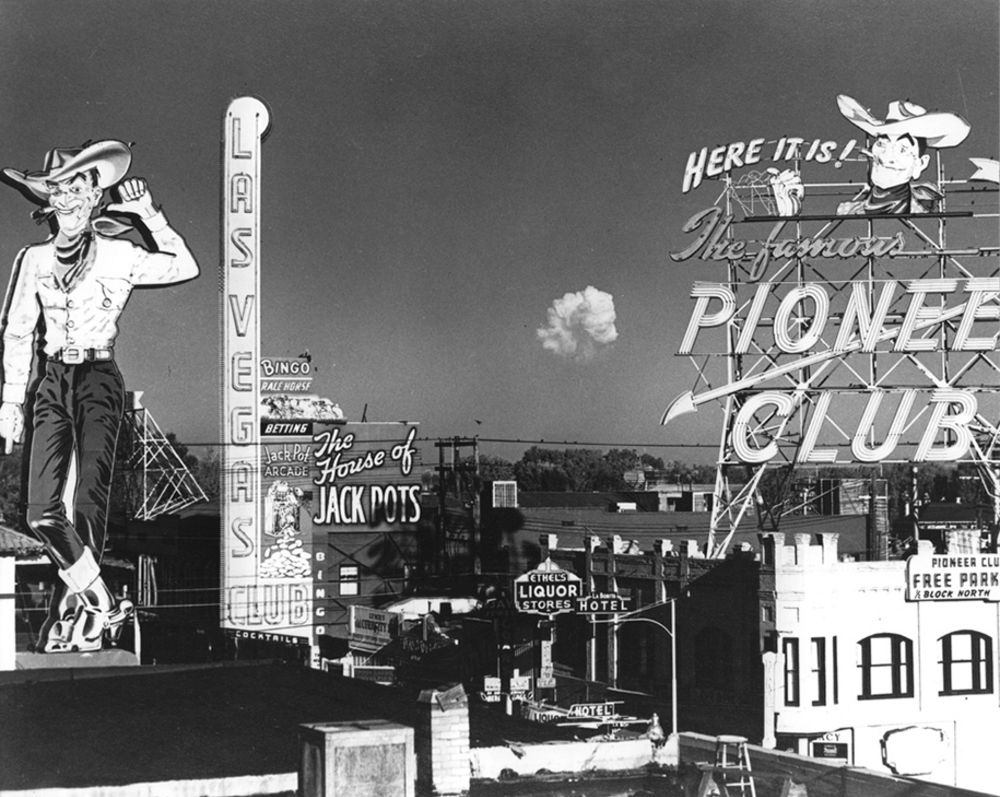
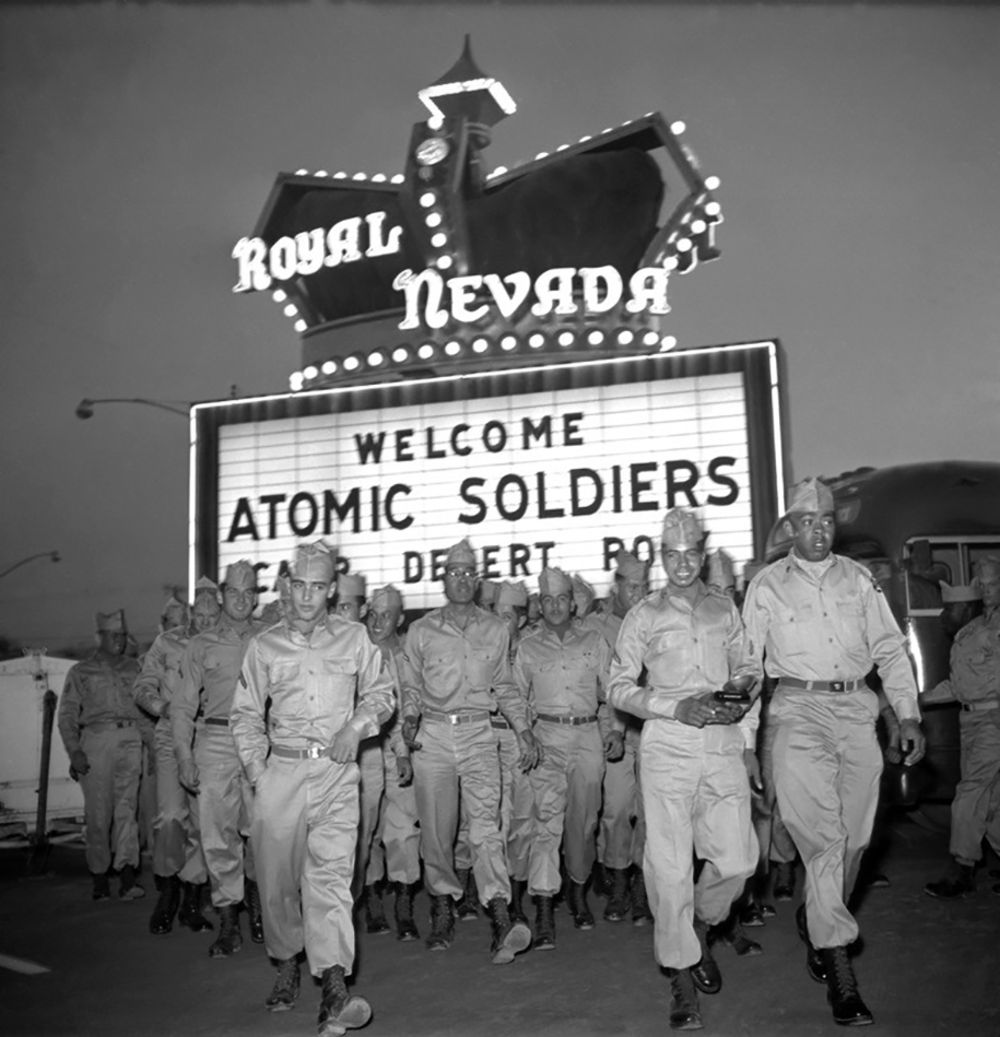

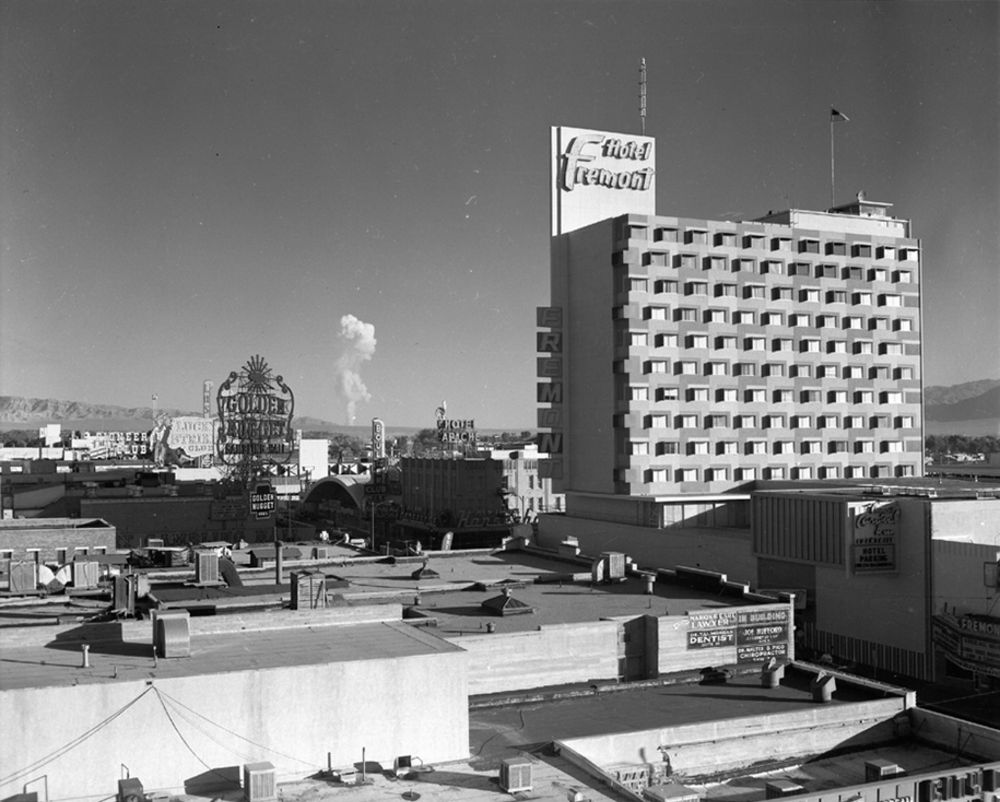
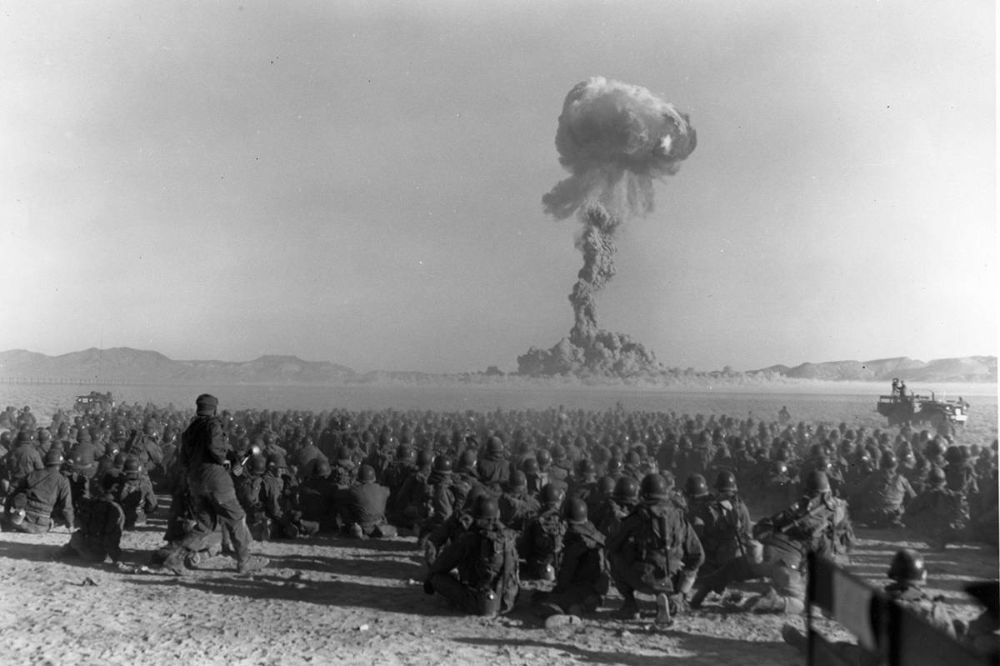
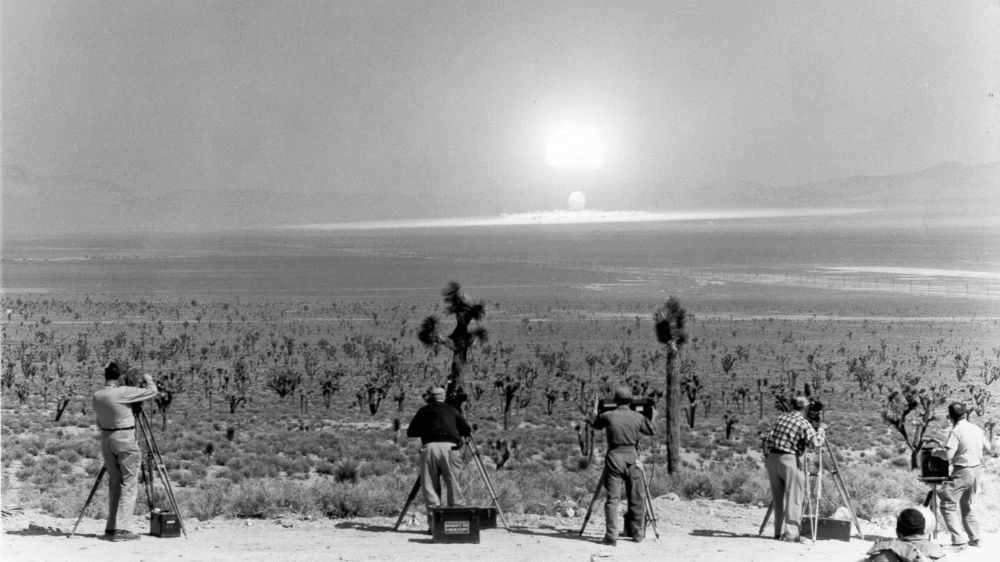
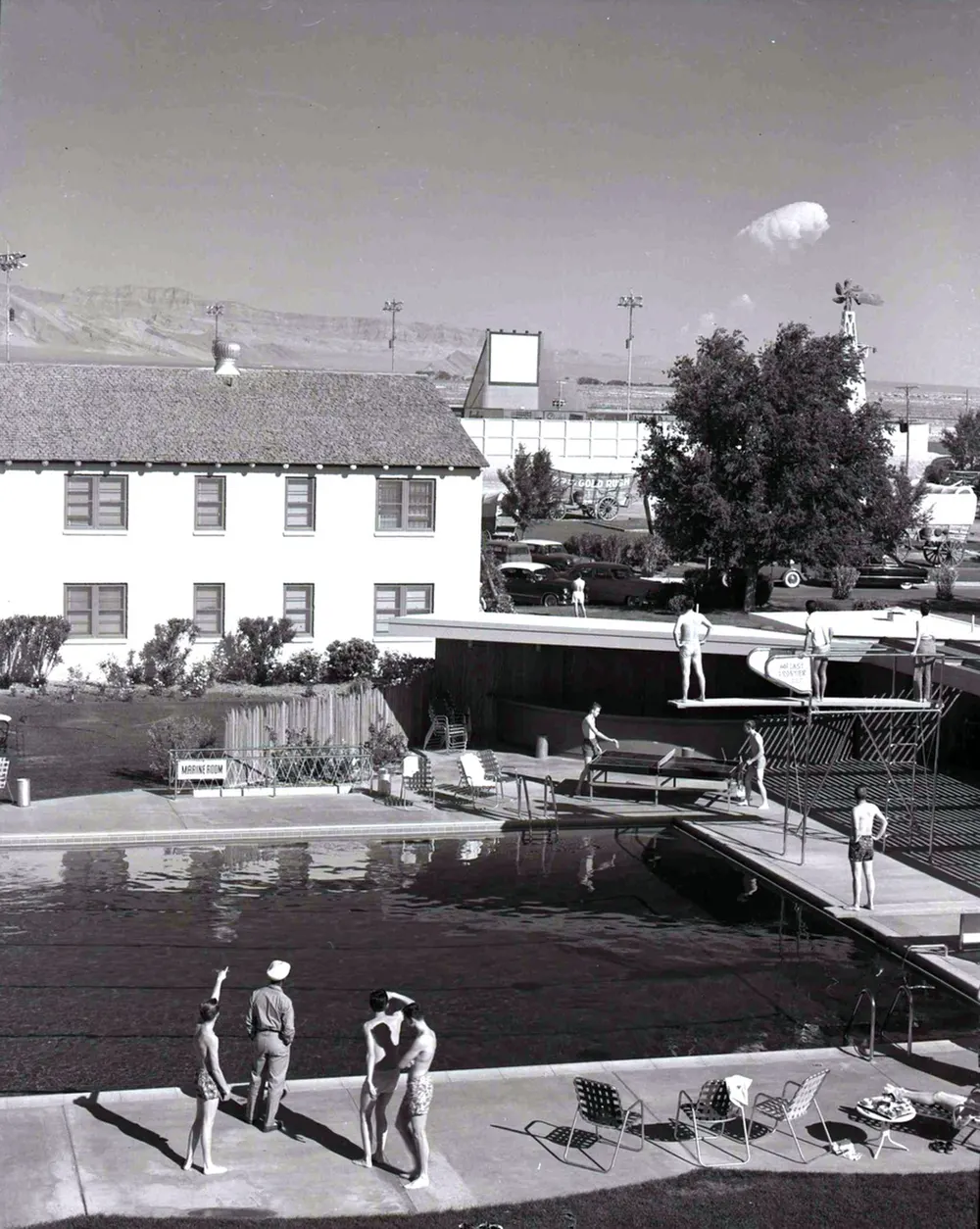

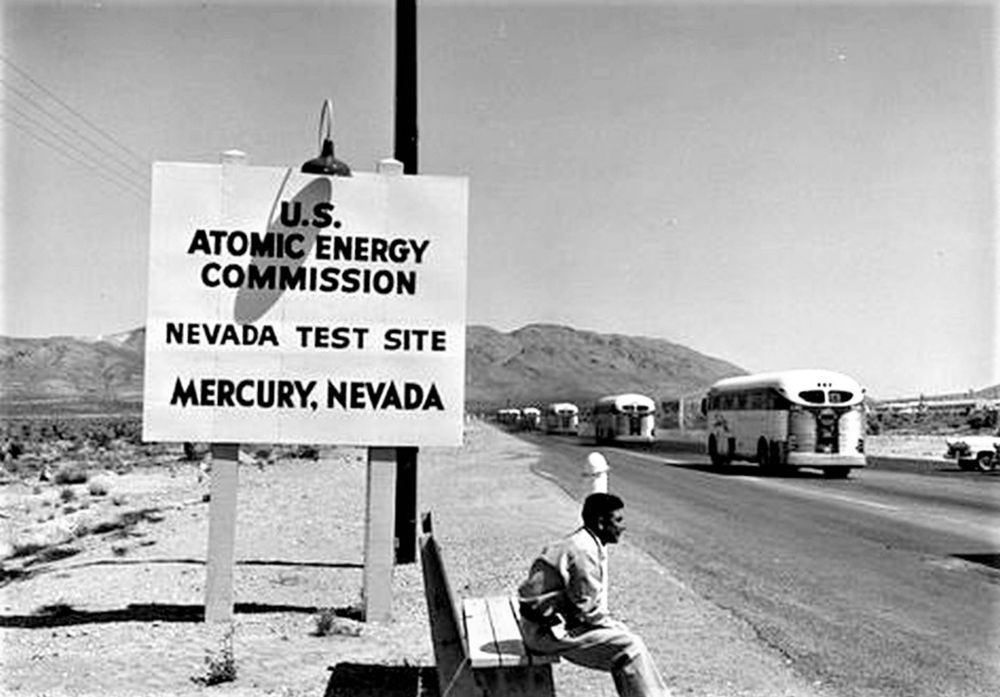

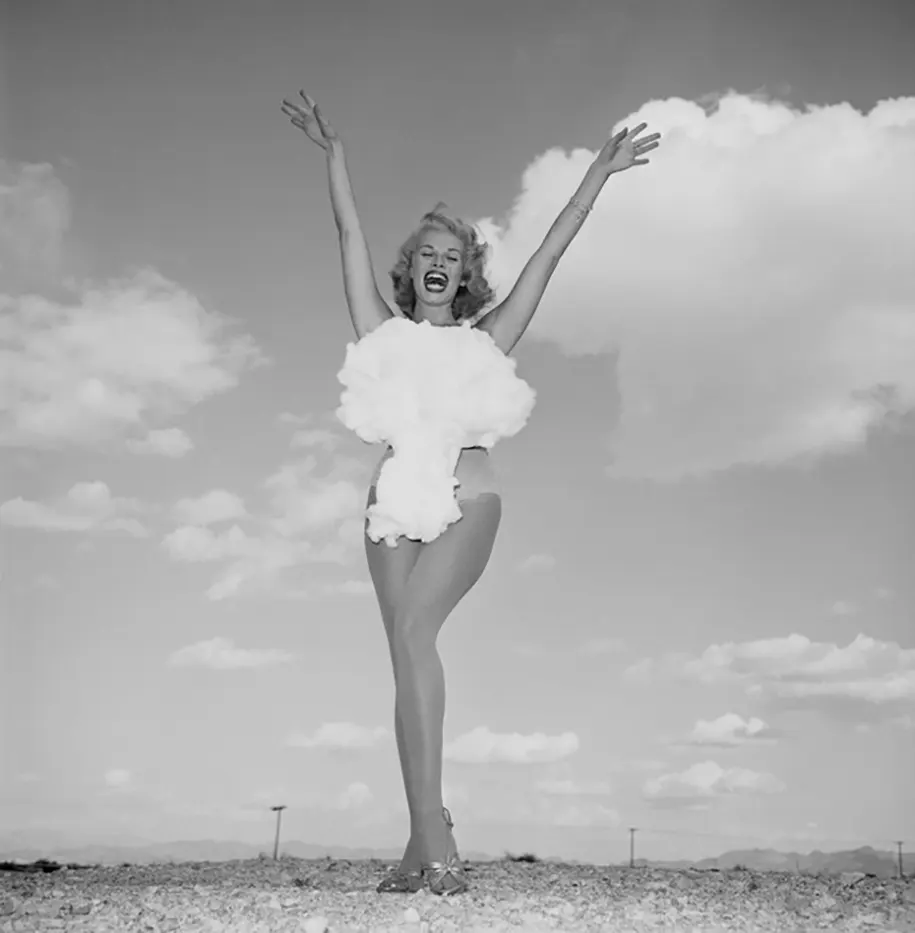
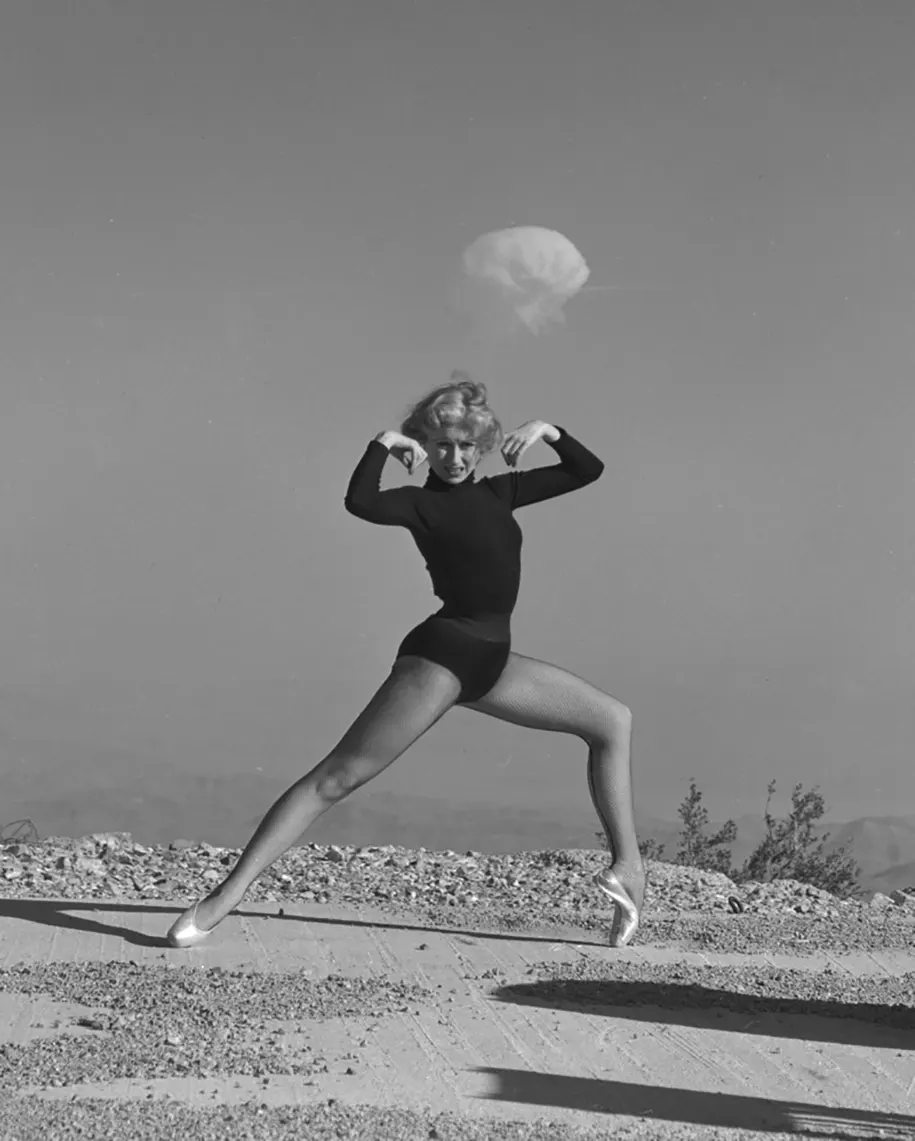
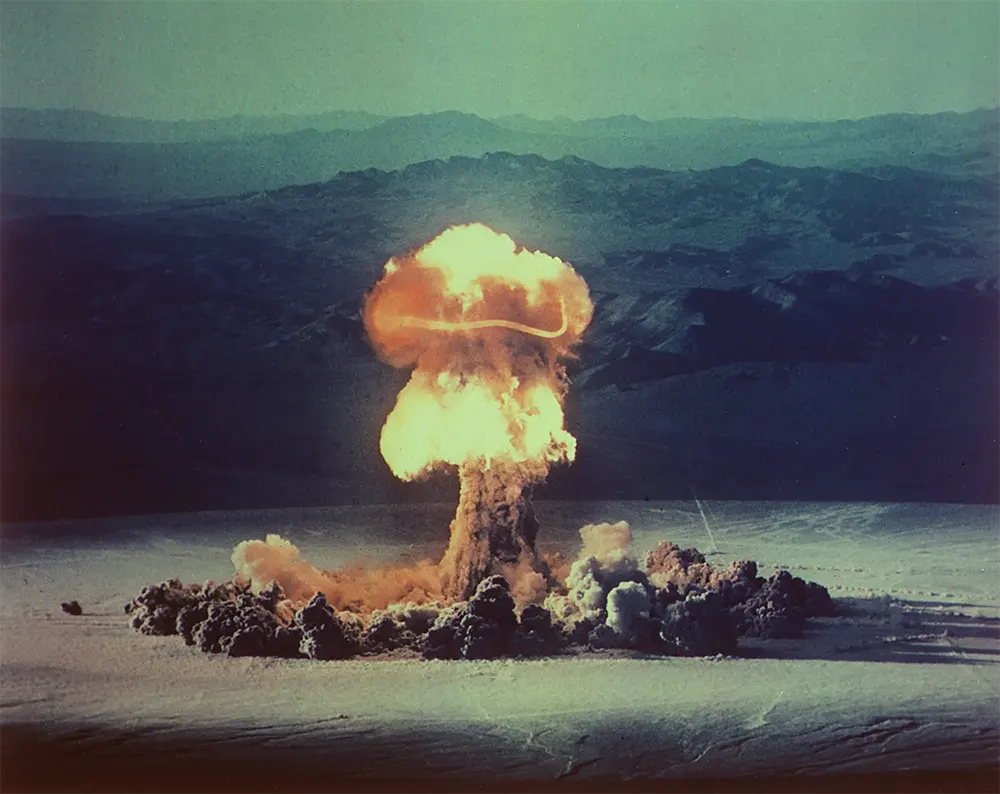
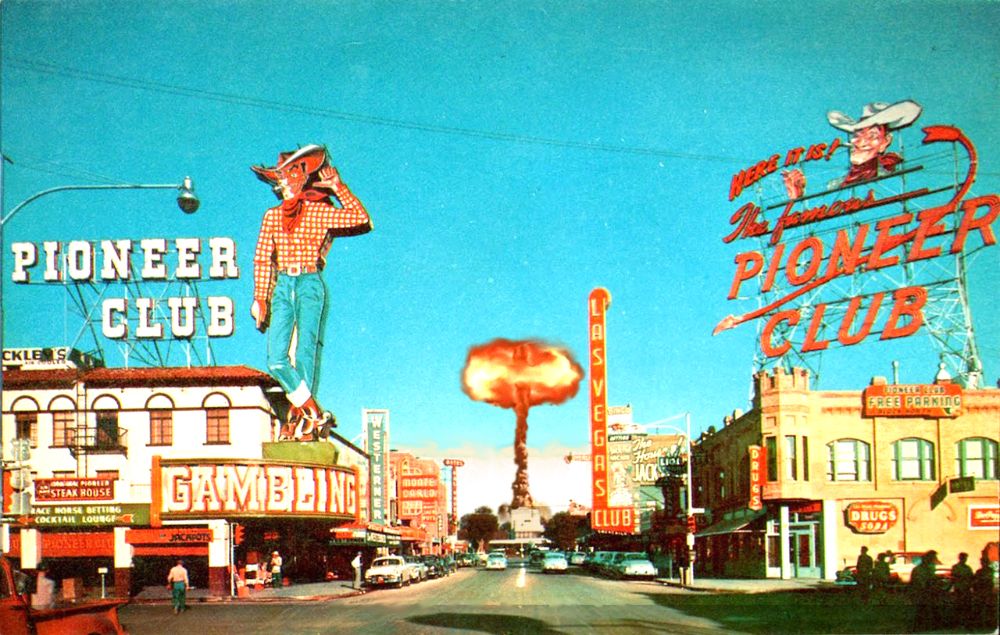
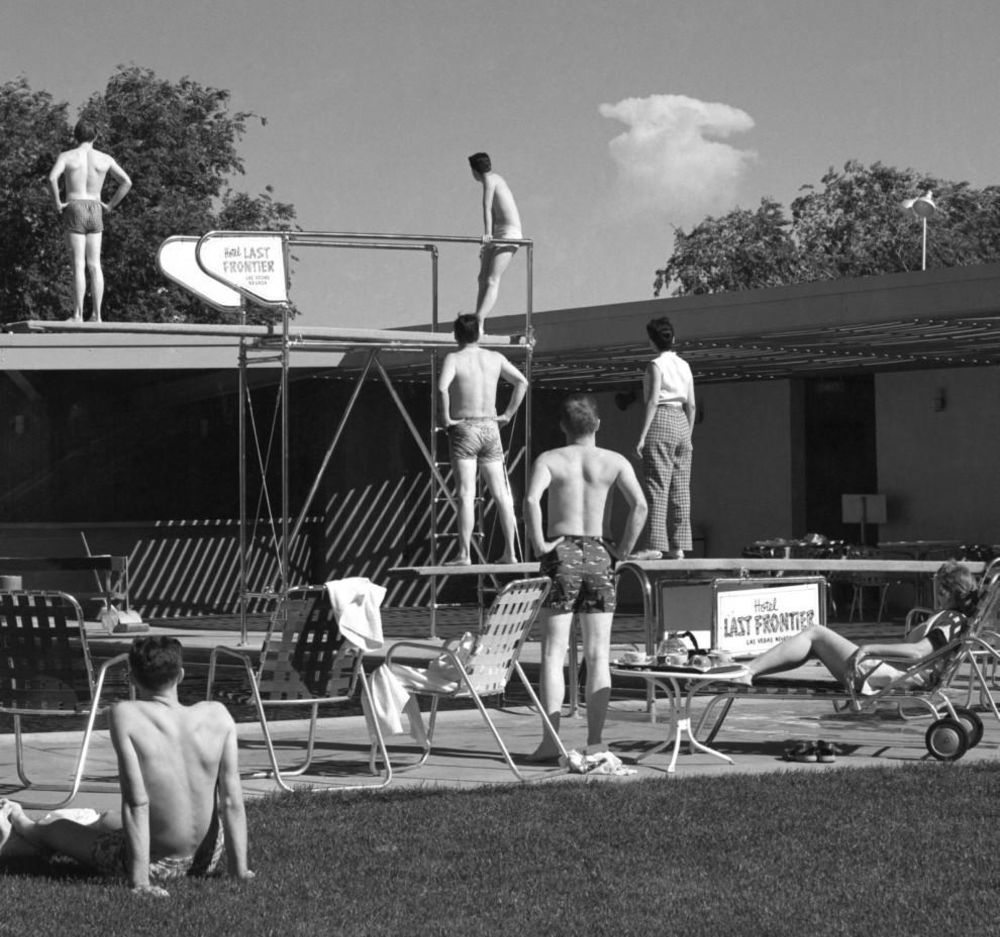
Video
Watch Intense Footage of Fake Towns Used for 1950s Nuclear Tests to see the eerie recreations of towns used for atomic bomb tests. A chilling glimpse into Cold War history!
Conclusion: The Legacy of Nuclear Tourism
The atomic tourism boom was short-lived, but its impact on Las Vegas and American culture is still felt today. The tests that once lit up the sky above Sin City have now become a strange chapter in the history of the Cold War. Though nuclear tourism has long since faded, it remains an odd and fascinating footnote in the city’s history. Today, Las Vegas continues to thrive as a hub for entertainment, but the memories of atomic bomb enthusiasts who once flocked to the desert to witness the power of the atom are now relegated to the past.
The nuclear tourism phenomenon remains a stark reminder of the era in which it existed – a time when the power of the atomic bomb was both feared and revered. As the decades have passed, it serves as a reminder of the human fascination with destruction and the complex relationship between entertainment, fear, and progress.
